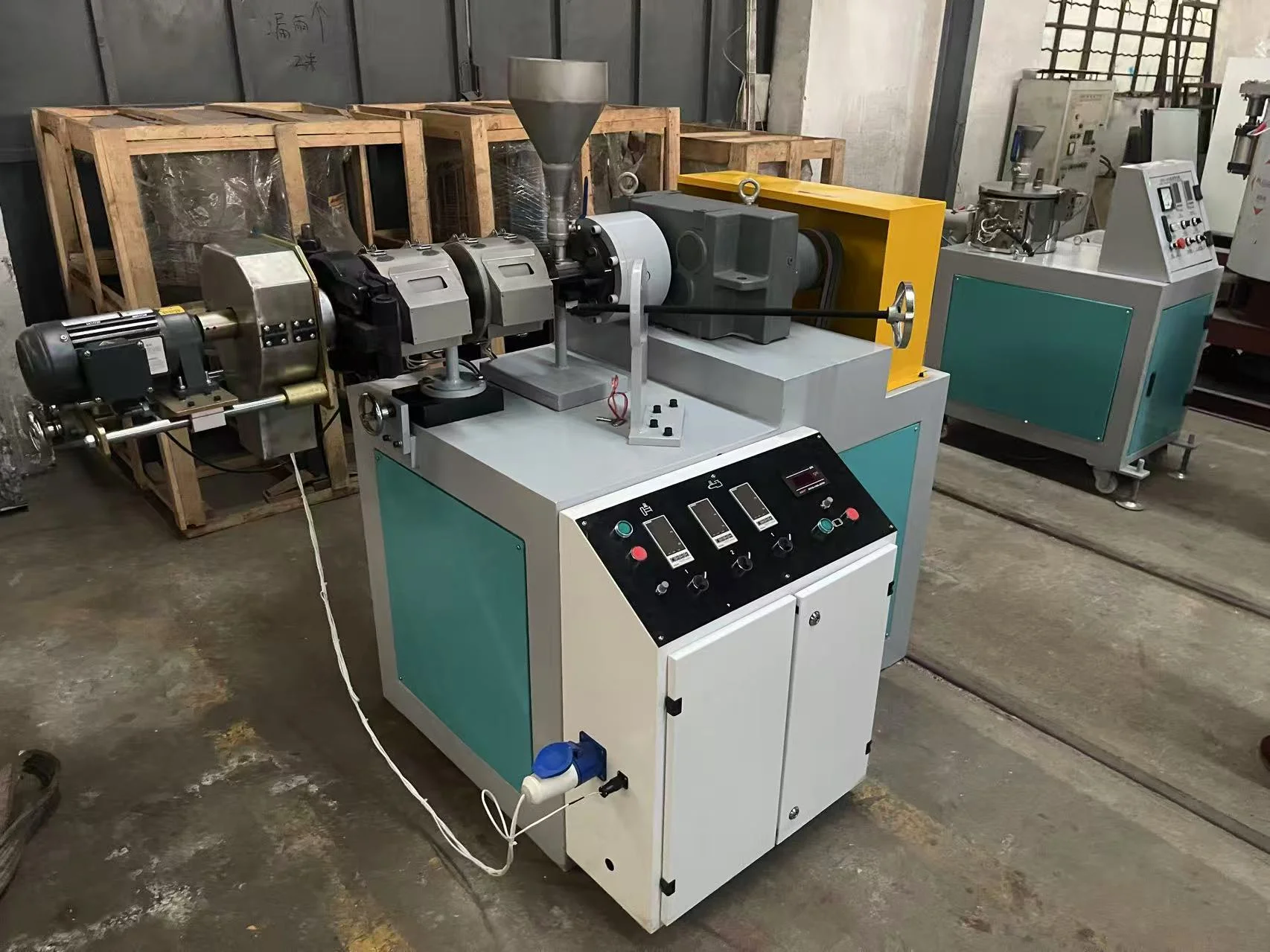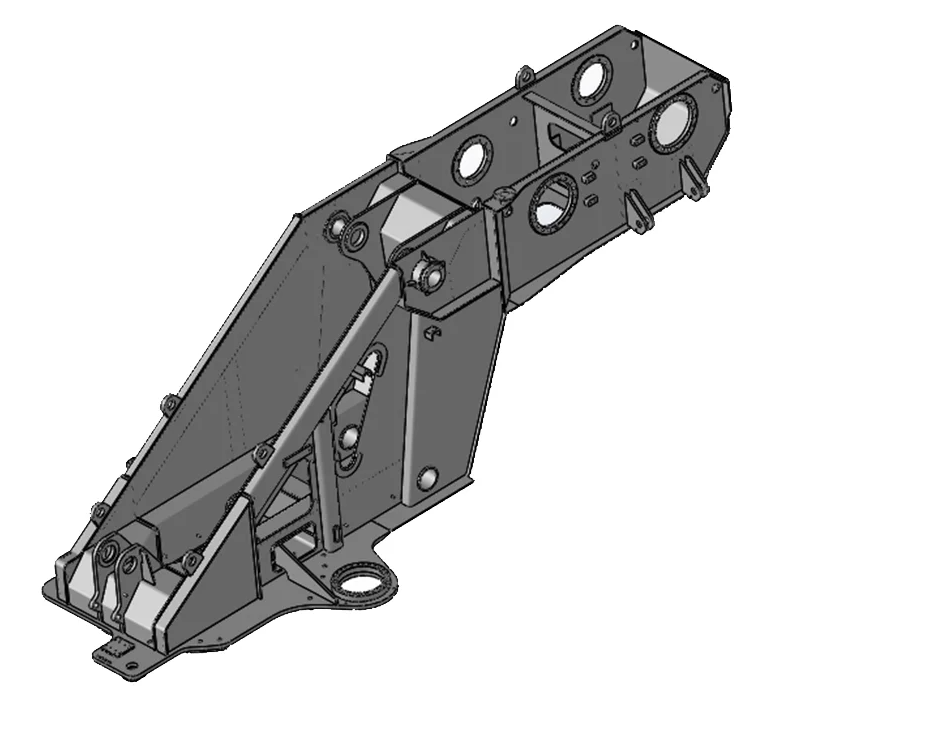Unveiling the Power Consumption of Electric Chainsaws: A Comprehensive Analysis
Electric chainsaws have revolutionized the world of woodworking and tree maintenance, offering a cleaner and quieter alternative to their gas-powered counterparts. However, understanding the power consumption of an electric chainsaw is crucial for both professionals and hobbyists alike. In this article, we will delve into the intricacies of electric chainsaw power usage, exploring the factors that influence it and providing practical insights for optimizing efficiency.
- Power Consumption Factors:
1.1 Motor Power: The motor power rating of an electric chainsaw, typically measured in watts, directly affects its energy consumption. Higher motor power generally results in increased cutting performance but also leads to higher power usage.
1.2 Chain Speed: The speed at which the chain moves along the guide bar impacts power consumption. Faster chain speeds require more power to maintain cutting efficiency, especially when dealing with denser materials.
1.3 Chain Tension: Proper chain tension is crucial for optimal power usage. An overly tight or loose chain can increase power consumption due to excessive friction or reduced cutting efficiency.
1.4 Cutting Conditions: The type of wood, diameter, and hardness significantly influence power consumption. Hardwoods and larger diameters require more power to cut through efficiently.
- Power Efficiency Optimization:
2.1 Chain Maintenance: Regular chain sharpening and lubrication reduce power consumption by minimizing friction. A well-maintained chain ensures smoother cutting and reduces strain on the motor.
2.2 Proper Chain Tensioning: Maintaining the correct chain tension not only improves cutting performance but also optimizes power usage. Consult the chainsaw's manual for specific tensioning guidelines.
2.3 Selecting the Right Chain: Different chains are designed for specific cutting applications. Choosing the appropriate chain type and size for the task at hand ensures efficient power utilization.
2.4 Wood Preparation: Preparing the wood by removing any obstacles, such as branches or knots, reduces power consumption. Clearing the cutting path allows the chainsaw to operate more smoothly, requiring less power.
- Measuring Power Consumption:
3.1 Wattage Monitoring: Some electric chainsaws feature built-in wattage meters, allowing users to monitor power consumption in real-time. This feature enables better understanding and control of energy usage.
3.2 Power Meters: External power meters can be used to measure the chainsaw's energy consumption accurately. These devices provide valuable insights for optimizing power efficiency and comparing different models.
Conclusion:
Understanding the power consumption of an electric chainsaw is essential for maximizing efficiency and minimizing energy waste. By considering factors such as motor power, chain speed, tension, and cutting conditions, users can optimize power usage. Regular maintenance, proper chain tensioning, selecting the right chain, and wood preparation further enhance power efficiency. Monitoring power consumption through built-in or external meters empowers users to make informed decisions. With this knowledge, professionals and enthusiasts can harness the true potential of electric chainsaws while minimizing their environmental impact.


